![]()
In May of 2016, I had the opportunity to travel to Argentina through my university for the purpose of researching food politics with our anthropology department. I jumped on the opportunity when it was offered, and had the experience of a lifetime learning about conducting anthropological work.
Naturally, I brought my camera along with me, and tried to think of the best ways to tell the story of food and politics in Buenos Aires. The following tips and images are the result of some of things I learned along the way. Utilizing photography as a means of, or an aid to storytelling, is an incredibly vital tool that can add a lot of value to any project.
The power of visuals, both grand and subtle, is that it allows the reader to place themselves in the scene and feel the story on a more visceral level. From all of the countless bus rides around the city, to the numerous interviews, and late nights spent writing field notes, I was able to gain a fairly intensive first hand account of Buenos Aires.
When you are making a visual story of a city, country, person, or place; it can be useful to think before hand of what stands out to you about the area, and how you can articulate that through images. In New York, it may mean skyscrapers and businessmen, in Dubai it may mean deserts and architecture, the question is how to express these familiar symbols in an engaging and original way, or find a unique story perspective altogether.
In Argentina, I was fascinated by the familiarities to European streets, in conjunction with the vibrant Latin American culture of the region; the extreme dichotomy between rich and poor, and the creativity and resilience of a people who had undergone and continue to undergo such tremendous economic hardship throughout recent years.
For the purpose of this article I won’t dive into the academic side of the trip. That being said, here are some of the things I had made note of during my trip as I learned more about telling stories with my photography.
1. The importance of having wide and close shots
As soon as I arrived at a new place, I made a point of having establishing shots that showed the entirety of the scene, and close up shots to show important details. An example of this is from the images below which were taken with “La Campora” group in Caballito neighbourhood of Buenos Aires.
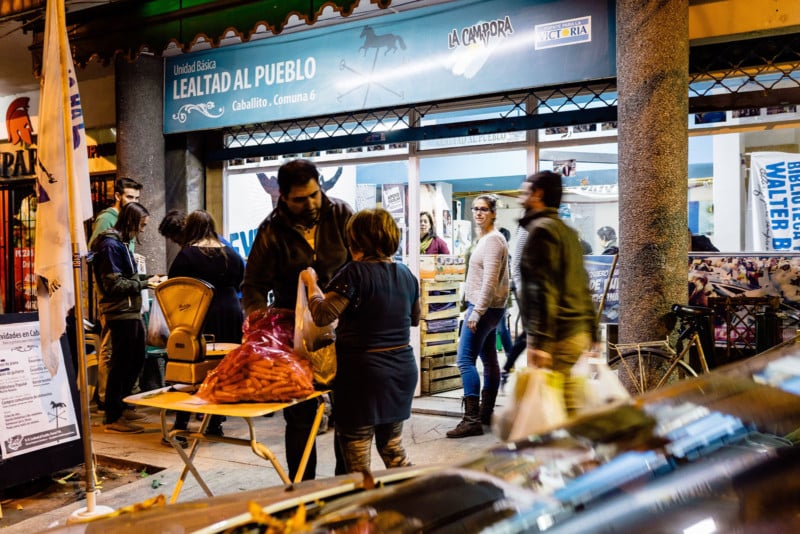
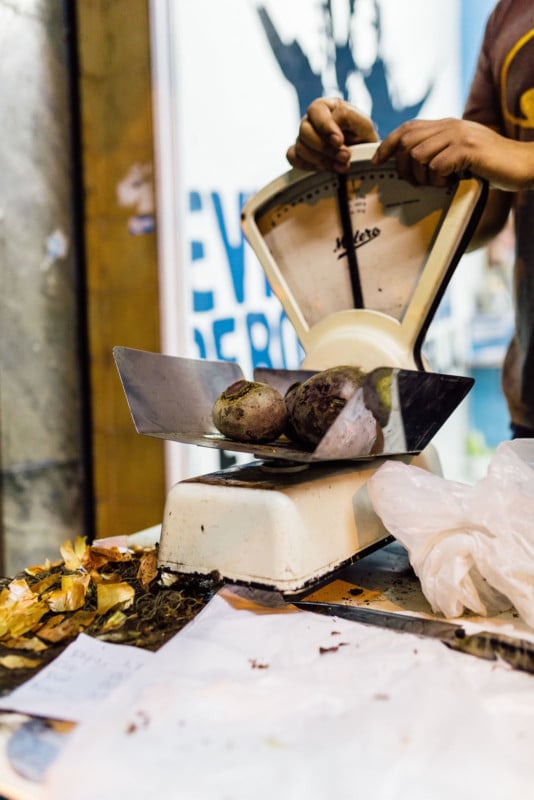
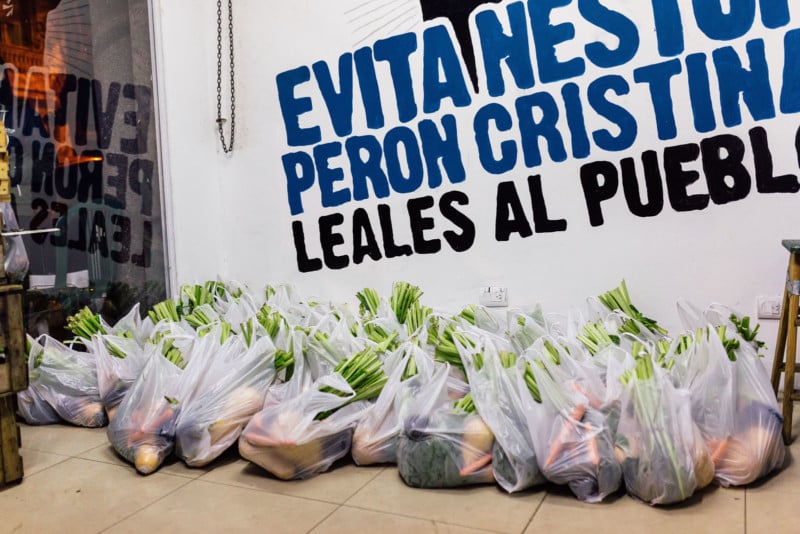
2. Distinguishing the important elements of a place
One of the best things you can do when you find yourself in a foreign environment, is to think what exactly in this scene will best communicate the feel and story of the area to your audience. When i visited the central food terminal of Buenos Aires, I looked for shots that showed the unique parts of the space, that would allow others to feel what I felt. Ask yourself: “What here is unique to me; and how do I show it?”
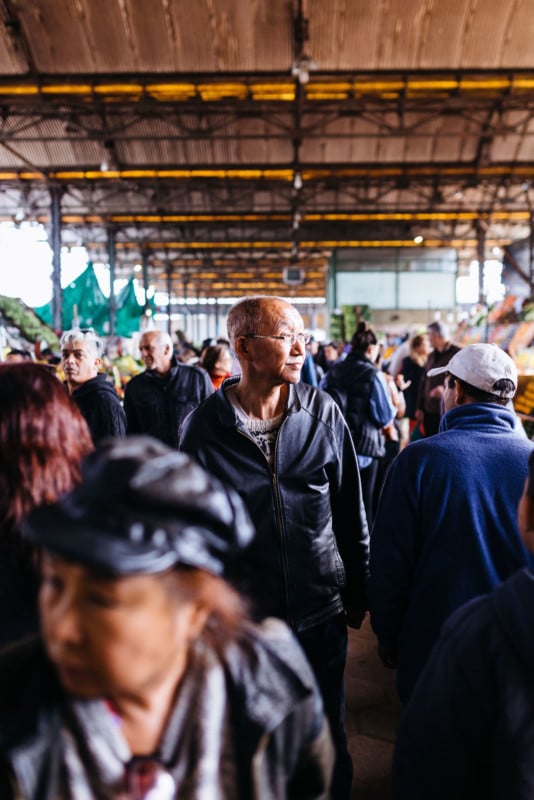
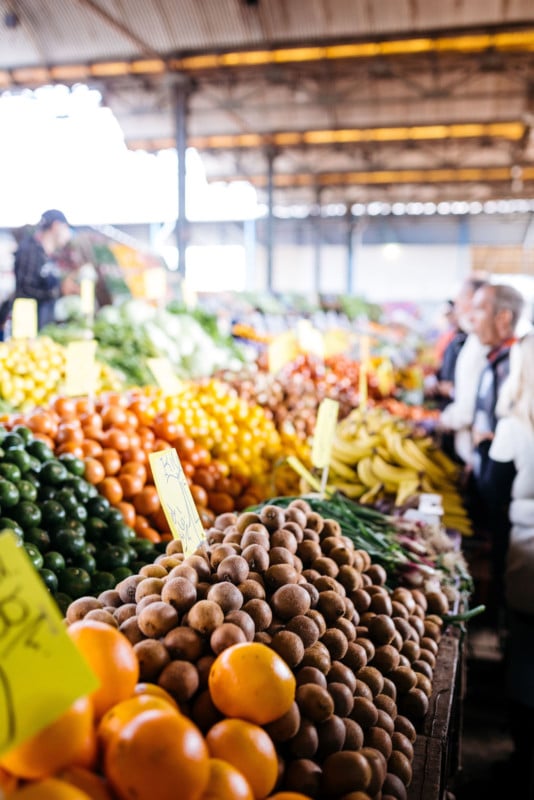

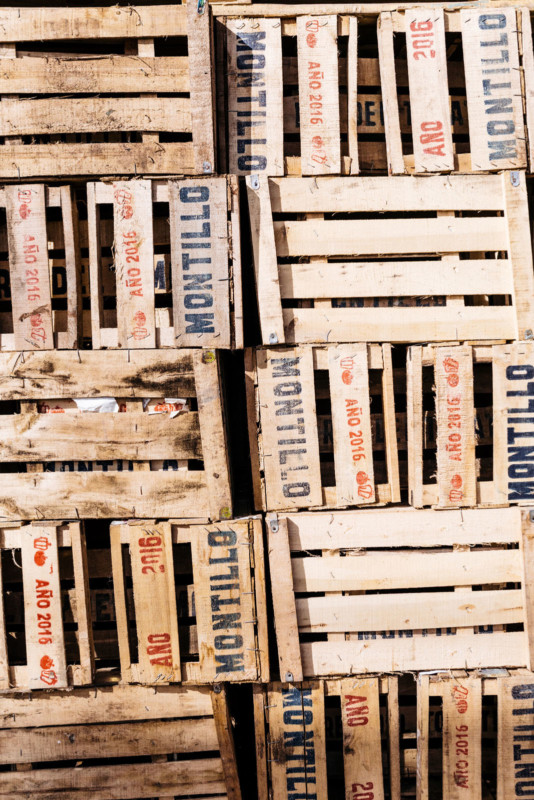
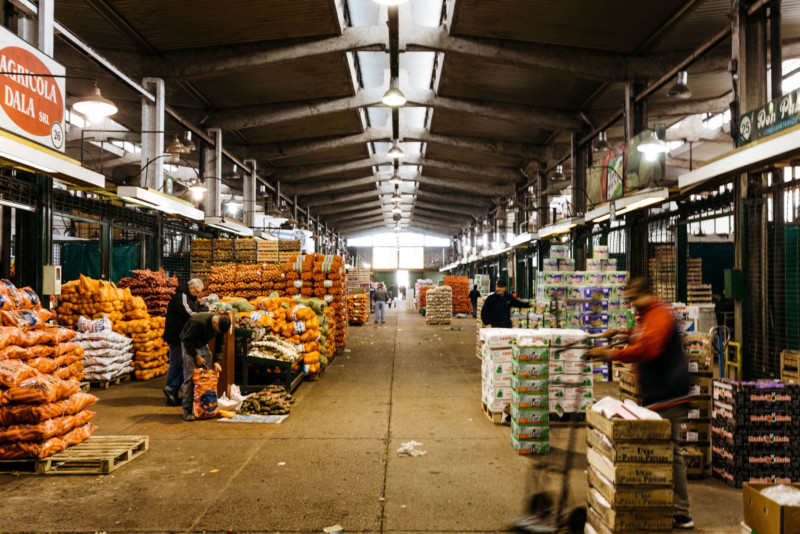
3. Don’t be afraid to get close and personal
Some of the best images that generate the best response, involve the photographer getting in to the thick of it all. If you want to have engaging images, a zoom just won’t do; you need to immerse yourself and be engaged with the scene at hand. Countless examples of great photojournalists throughout time attest to this. One of the days, we went to the central city plaza, Plaza de Mayo, to participate Argentina’s annual May 25th independence celebration. However, upon arrival we were only greeted by angered residents and police barricades, as the Macri government had become fearful of protests that day given rising tensions. The following pictures are what ensued.
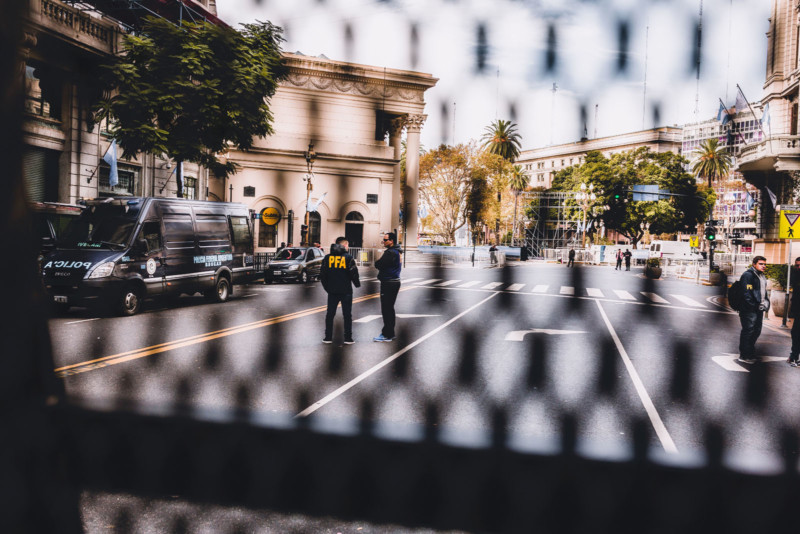
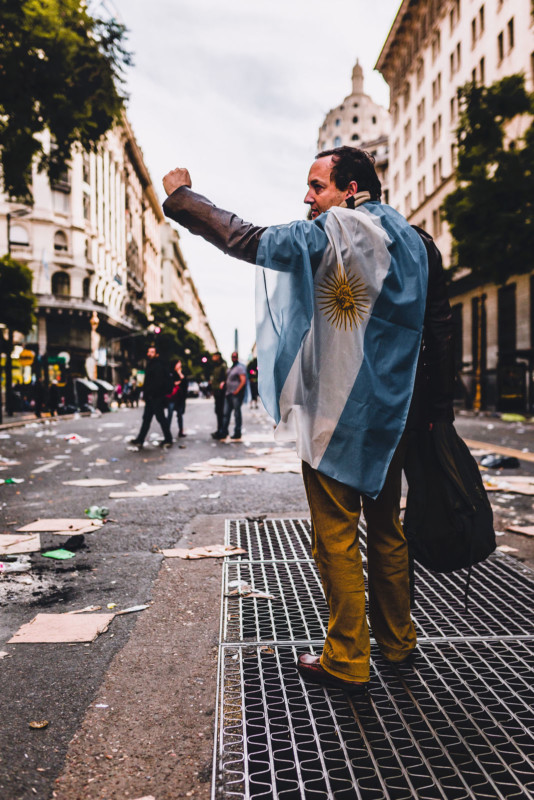
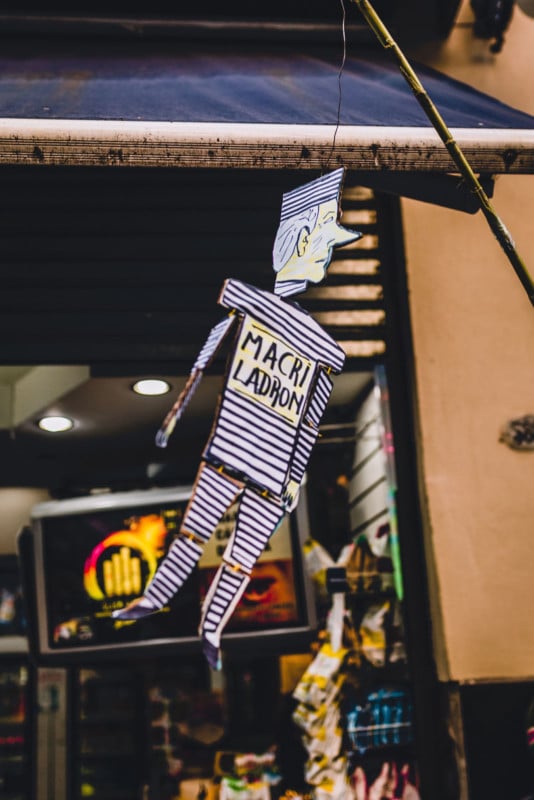
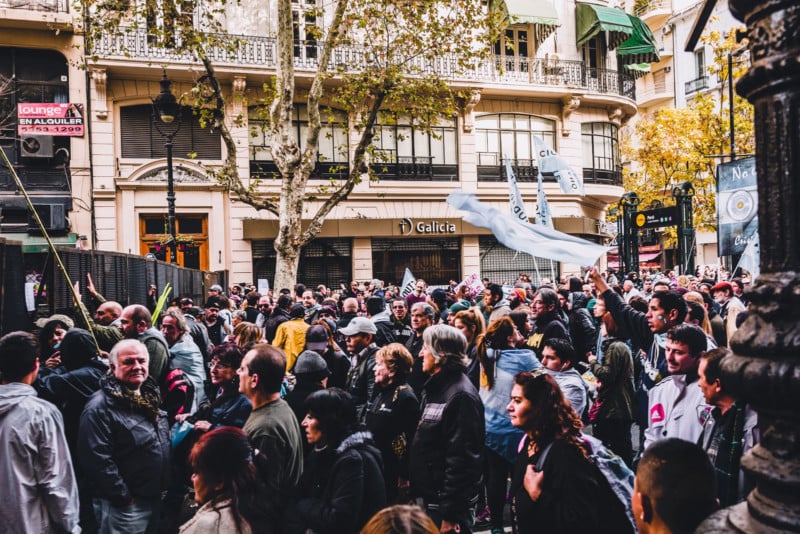
4. Being conscientious of timeline
Sometimes when constructing a photo story after the fact, you may want to re arrange images to tell the story as it actually happens. By following the order of how something is produced, or how an event occurred, you can place the viewer in your shoes as you walk them through the timeline. This allows you to construct a sense of narrative, even if you didn’t know exactly how it would play out beforehand. While visiting Mendoza, which is Argentina’s primary wine production region, I got to tour several wineries and see how they operate. By showing the area around them, the production process itself, and the final product, I am able to share with others an idea of what it is like to visit Mendoza.
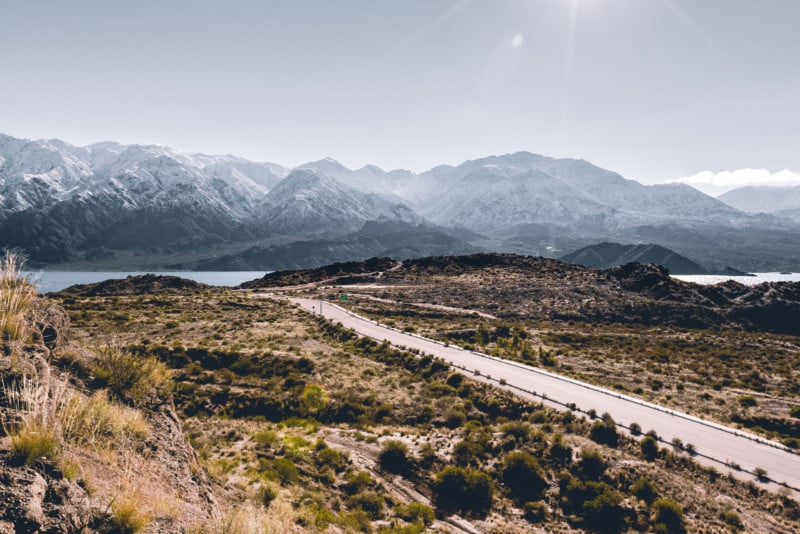
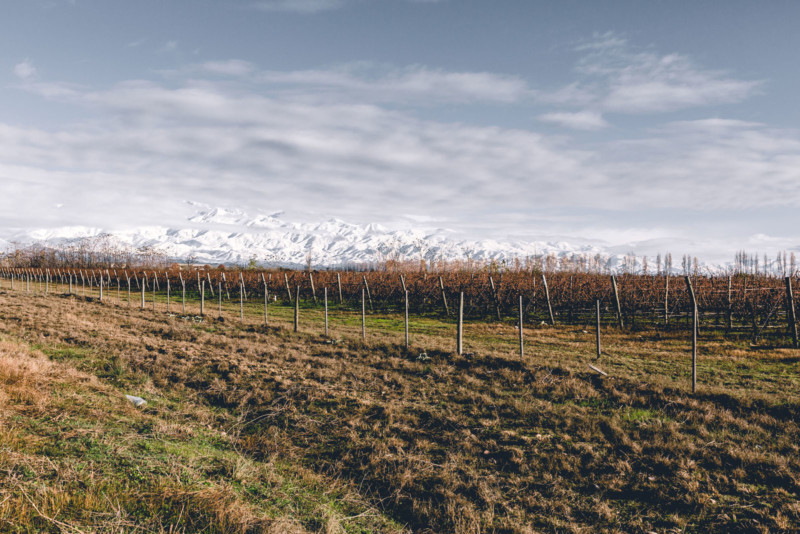
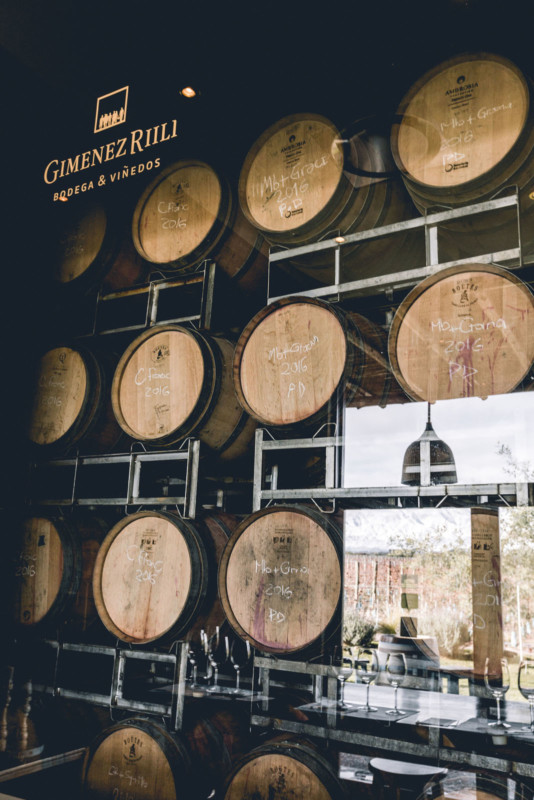

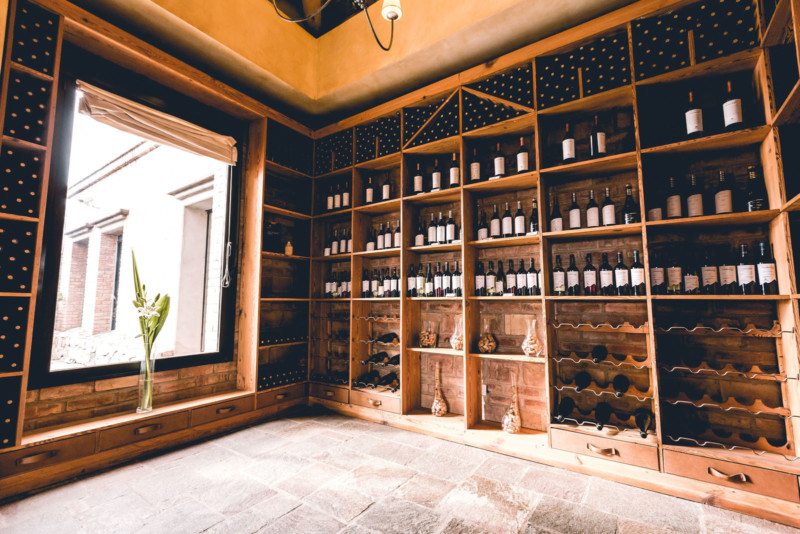
![]()
![]()
5. Trust your eye, construct later
After all is said and done, sometimes your best images come from abandoning your shot list and capturing what captivates your eye. Despite the previous tips about how to plan a photo story, there is something to be said for having those shots that you could never plan for and finding how they fit in to the story you are telling.
At the end of the visit, you can construct a story how you see fit based on what stood out to you while you were at that place. The tips listed here can work in any photojournalism or documentary type project, as well as any travel or lifestyle imagery. I will leave you with some of my favorite images from my journey to Argentina, that stood out to me as particularly pertinent to what I experienced.![]()
![]()
![]()
![]()
![]()
![]()
![]()
![]()
![]()
![]()
![]()
![]()
![]()
![]()
About the Author: Alex Stelmacovich is a Toronto-based photographer and creative director. To see more of his work, head over to his website or give him a follow on Instagram.





